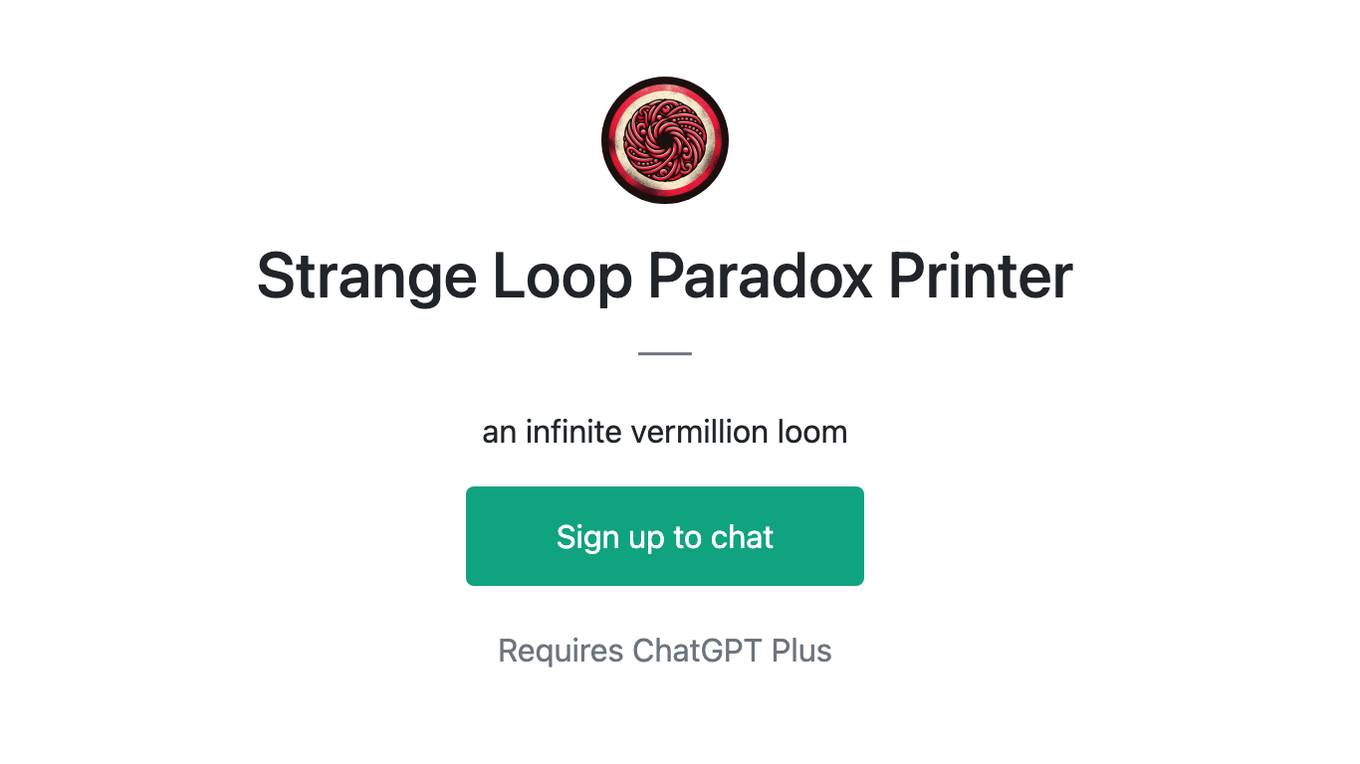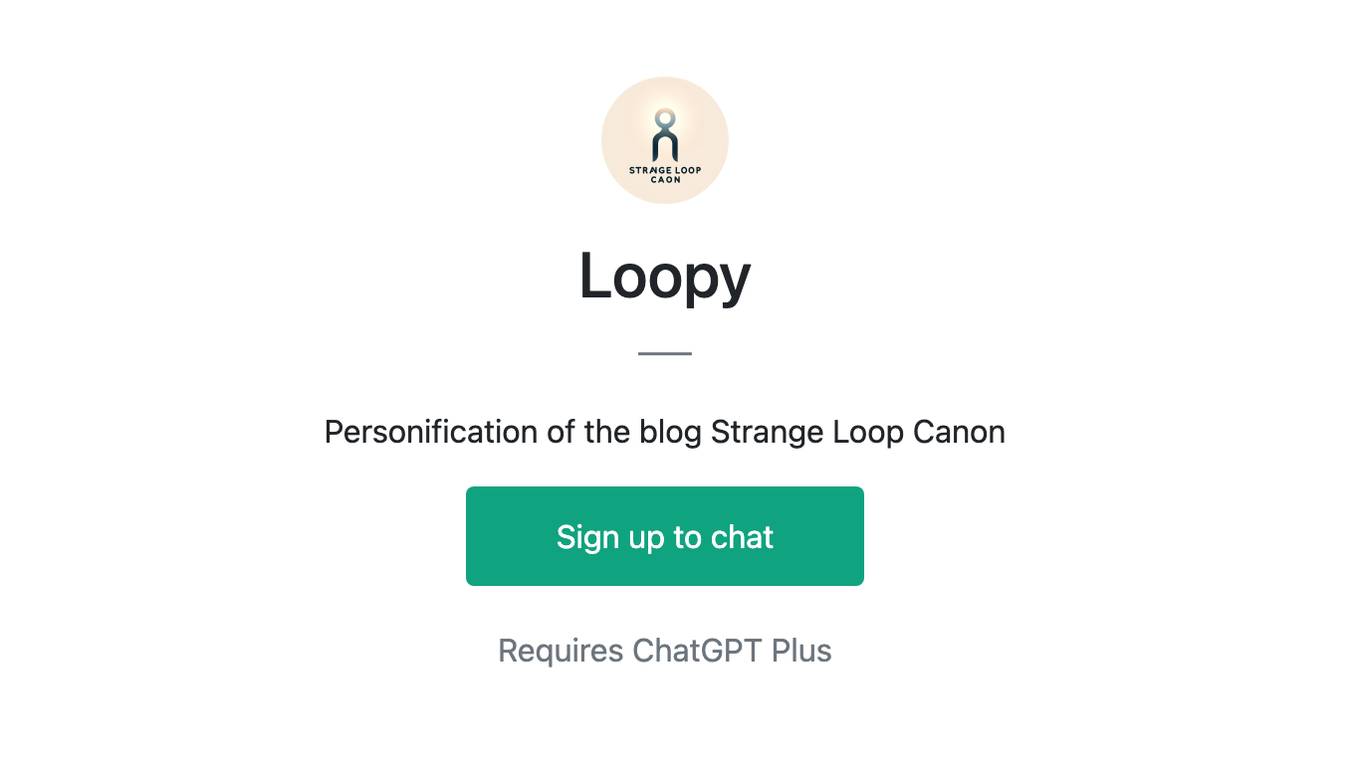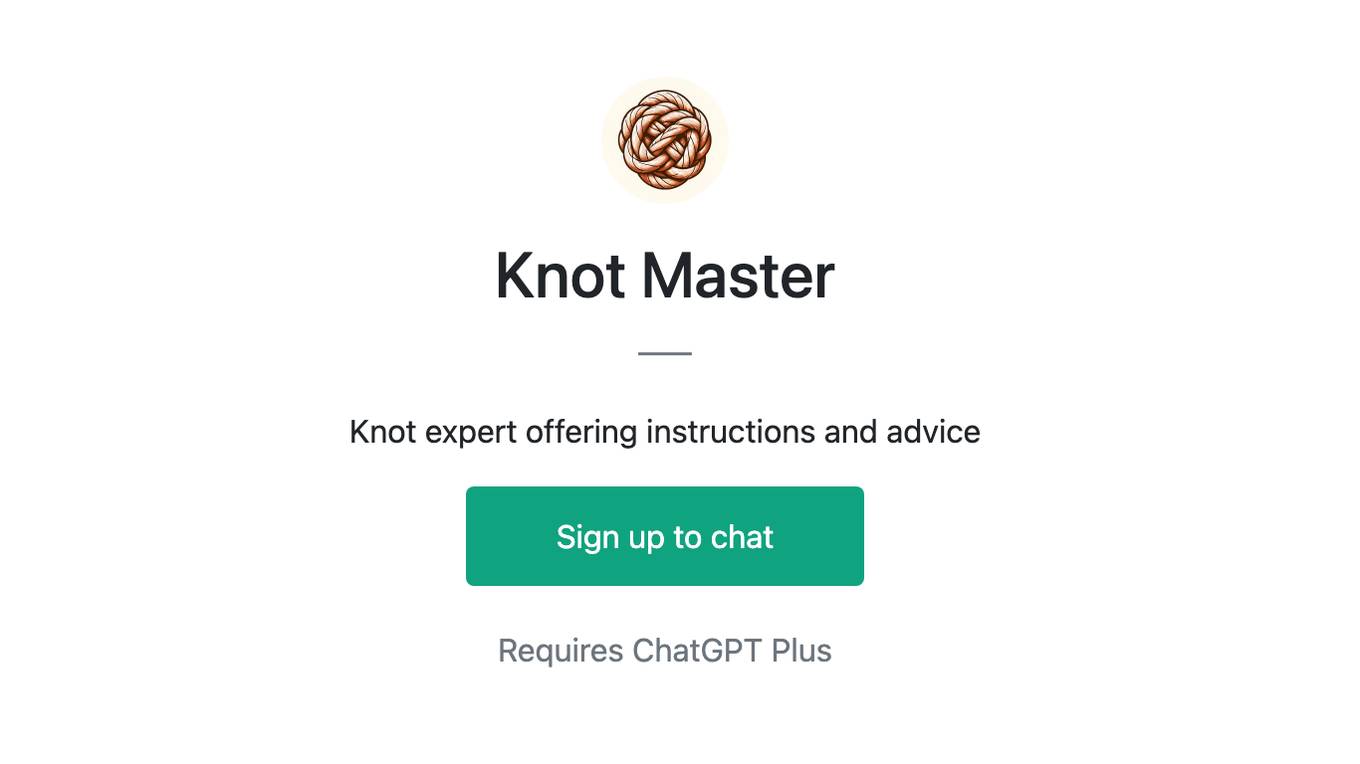Best AI tools for< Loop Custom Texts >
20 - AI tool Sites

Sapien.io
Sapien.io is a decentralized data foundry that offers data labeling services powered by a decentralized workforce and gamified platform. The platform provides high-quality training data for large language models through a human-in-the-loop labeling process, enabling fine-tuning of datasets to build performant AI models. Sapien combines AI and human intelligence to collect and annotate various data types for any model, offering customized data collection and labeling models across industries.
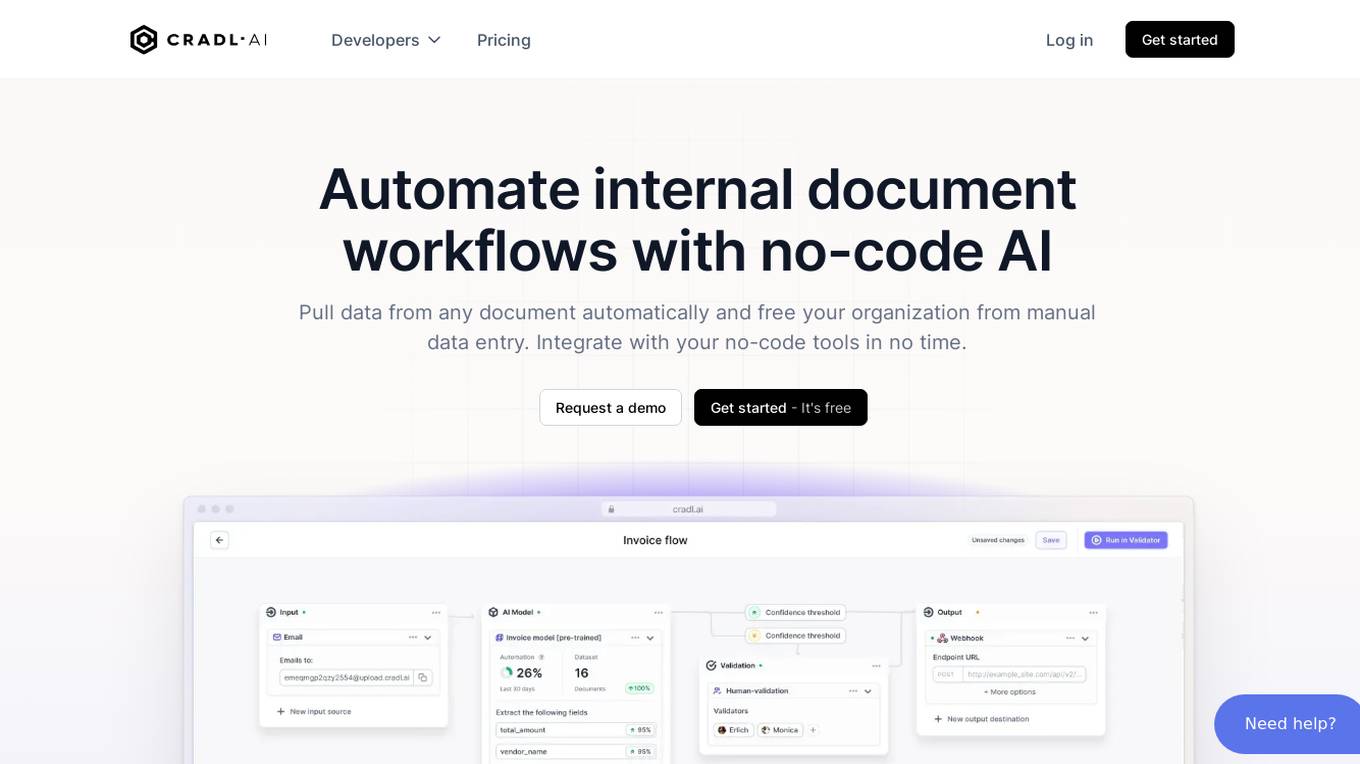
Cradl AI
Cradl AI is an AI-powered tool designed to automate document workflows with no-code AI. It enables users to extract data from any document automatically, integrate with no-code tools, and build custom AI models through an easy-to-use interface. The tool empowers automation teams across industries by extracting data from complex document layouts, regardless of language or structure. Cradl AI offers features such as line item extraction, fine-tuning AI models, human-in-the-loop validation, and seamless integration with automation tools. It is trusted by organizations for business-critical document automation, providing enterprise-level features like encrypted transmission, GDPR compliance, secure data handling, and auto-scaling.
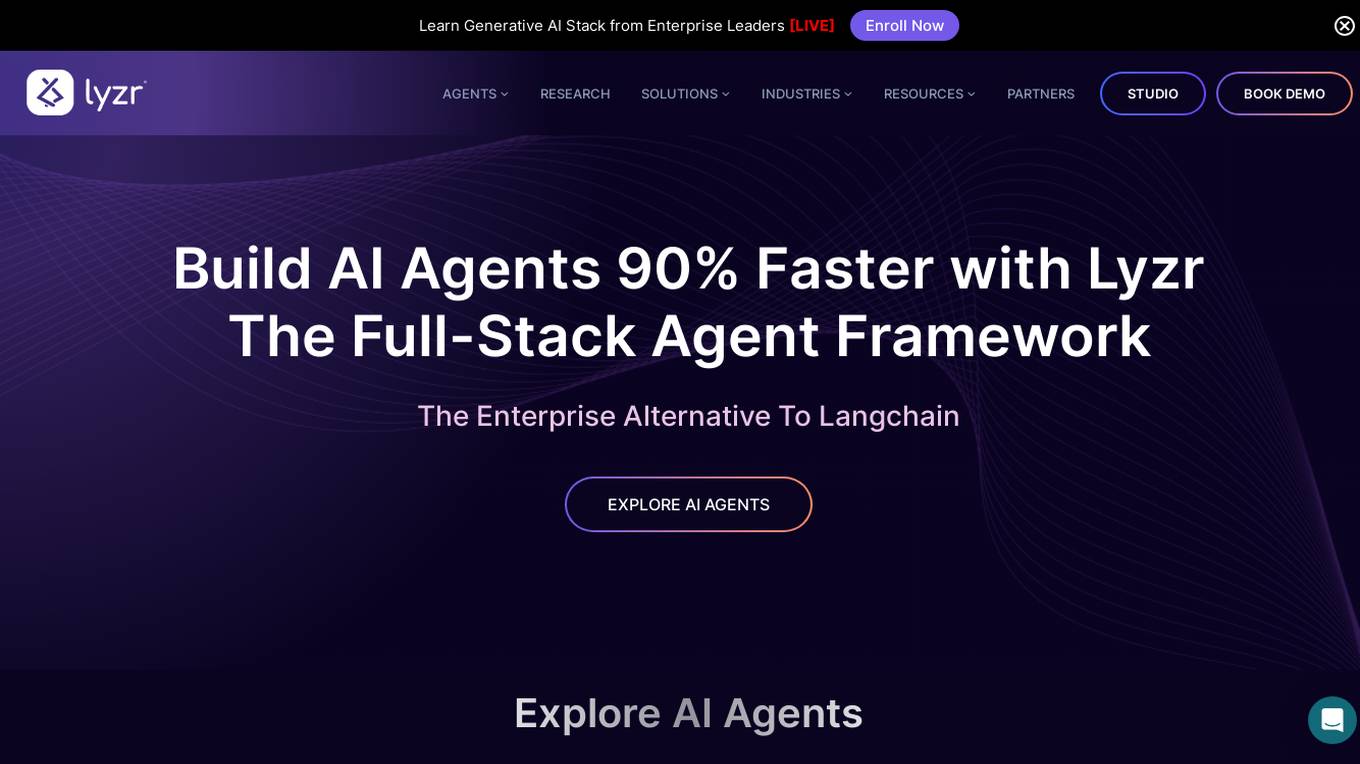
Lyzr AI
Lyzr AI is a full-stack agent framework designed to build GenAI applications faster. It offers a range of AI agents for various tasks such as chatbots, knowledge search, summarization, content generation, and data analysis. The platform provides features like memory management, human-in-loop interaction, toxicity control, reinforcement learning, and custom RAG prompts. Lyzr AI ensures data privacy by running data locally on cloud servers. Enterprises and developers can easily configure, deploy, and manage AI agents using Lyzr's platform.
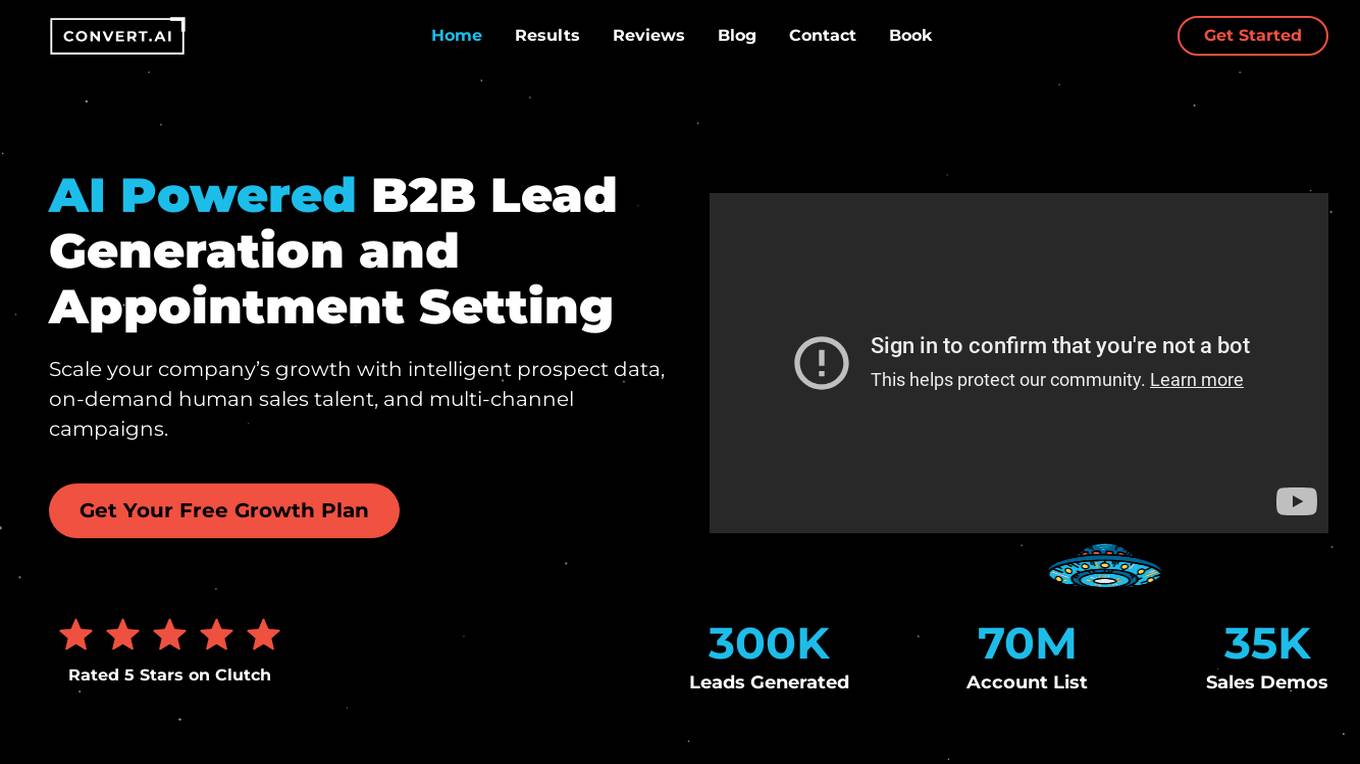
Convert AI
Convert AI is an AI-powered B2B lead generation and appointment setting tool that helps businesses scale their growth by providing intelligent prospect data, on-demand human sales talent, and multi-channel campaigns. The tool leverages AI to generate highly targeted lead lists, execute smart campaigns, deploy multi-channel sequences, create a sales feedback loop, and develop custom playbooks to optimize lead quality over time. Convert AI has been rated 5 stars on Clutch and has successfully closed numerous deals for various clients across different industries.

ブルブログ
The website is currently under construction and is set to launch soon. It aims to provide the best experience for visitors. Users can stay updated by following the website on social media platforms like Twitter, Facebook, and Instagram. The site collects user information through a form for future communication, with a focus on privacy and data protection.
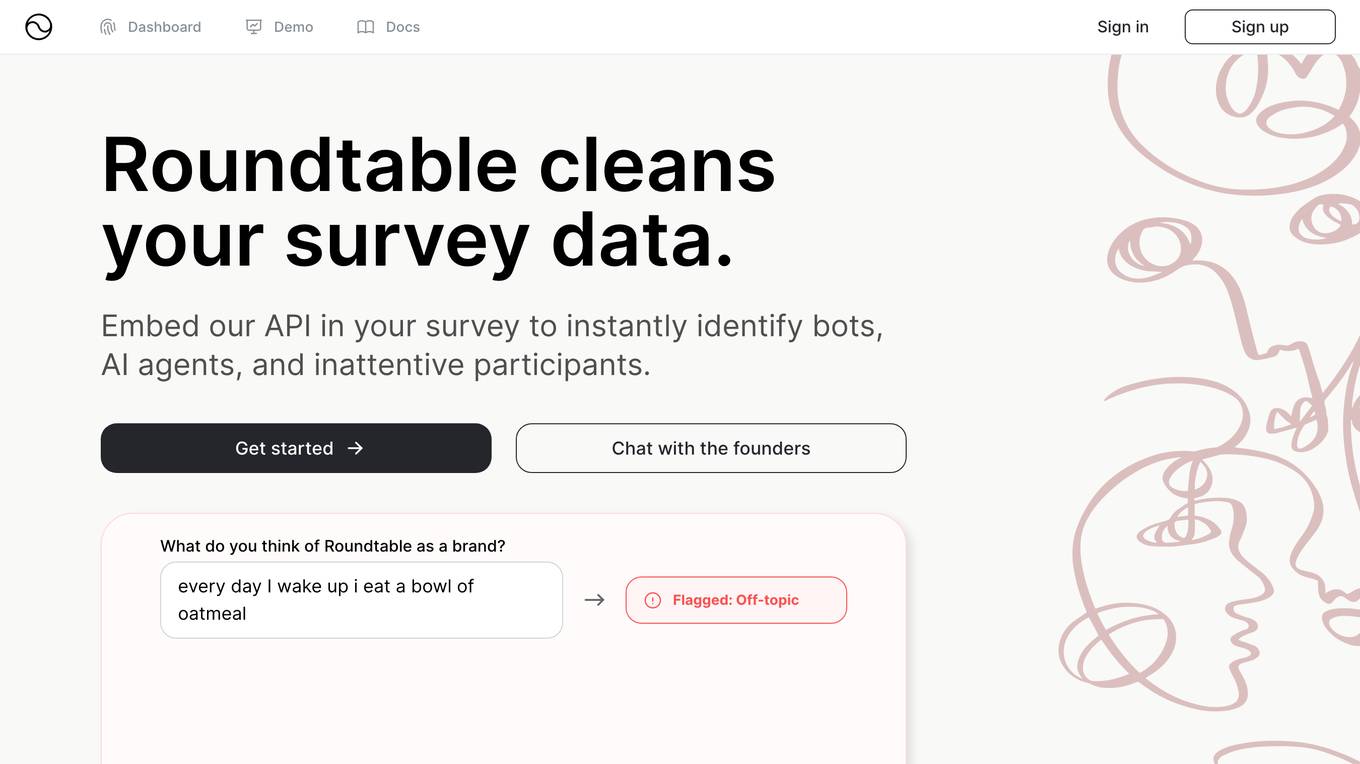
Roundtable
Roundtable is a human-in-the-loop AI application designed to improve market research data quality by detecting and stopping bots and fraud in real-time. It uses behavioral biometrics to analyze user interactions, identify AI-generated responses, and ensure data integrity. The application offers seamless security, effortless integration, privacy-preserving design, and explainable results for transparent decision-making. Trusted by global platforms, Roundtable helps businesses maintain trust in their data and make informed decisions.
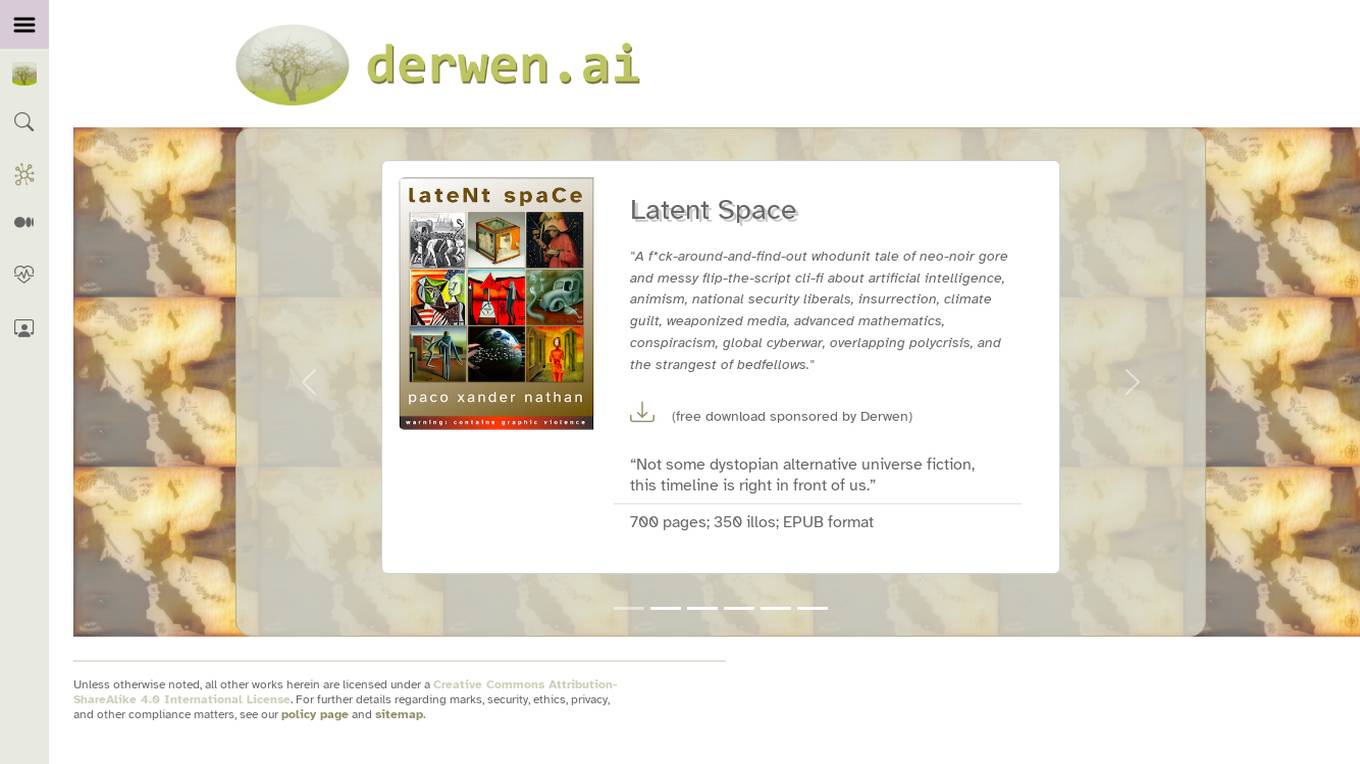
Derwen
Derwen is an open-source integration platform for production machine learning in enterprise, specializing in natural language processing, graph technologies, and decision support. It offers expertise in developing knowledge graph applications and domain-specific authoring. Derwen collaborates closely with Hugging Face and provides strong data privacy guarantees, low carbon footprint, and no cloud vendor involvement. The platform aims to empower AI engineers and domain experts with quality, time-to-value, and ownership since 2017.
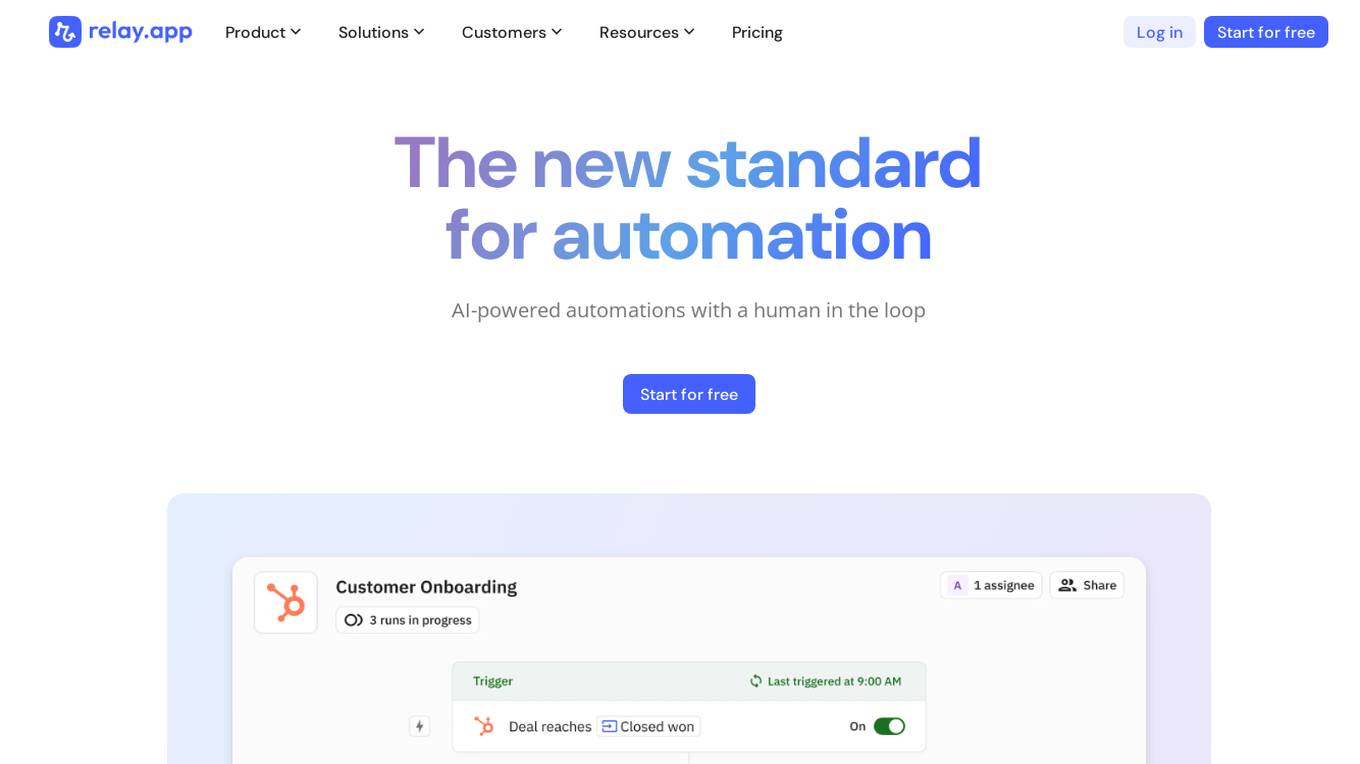
Relay.app
Relay.app is an AI-powered automation platform that sets a new standard for automation by combining AI capabilities with human-in-the-loop functionality. It allows users to create sophisticated workflows with ease, integrating various apps and services to streamline processes and improve efficiency. With features like built-in AI actions, mini agents, and human-in-the-loop automation, Relay.app empowers users to automate tasks intelligently while maintaining control and oversight. The platform is praised for its user-friendly interface, extensive integrations, and exceptional customer support.
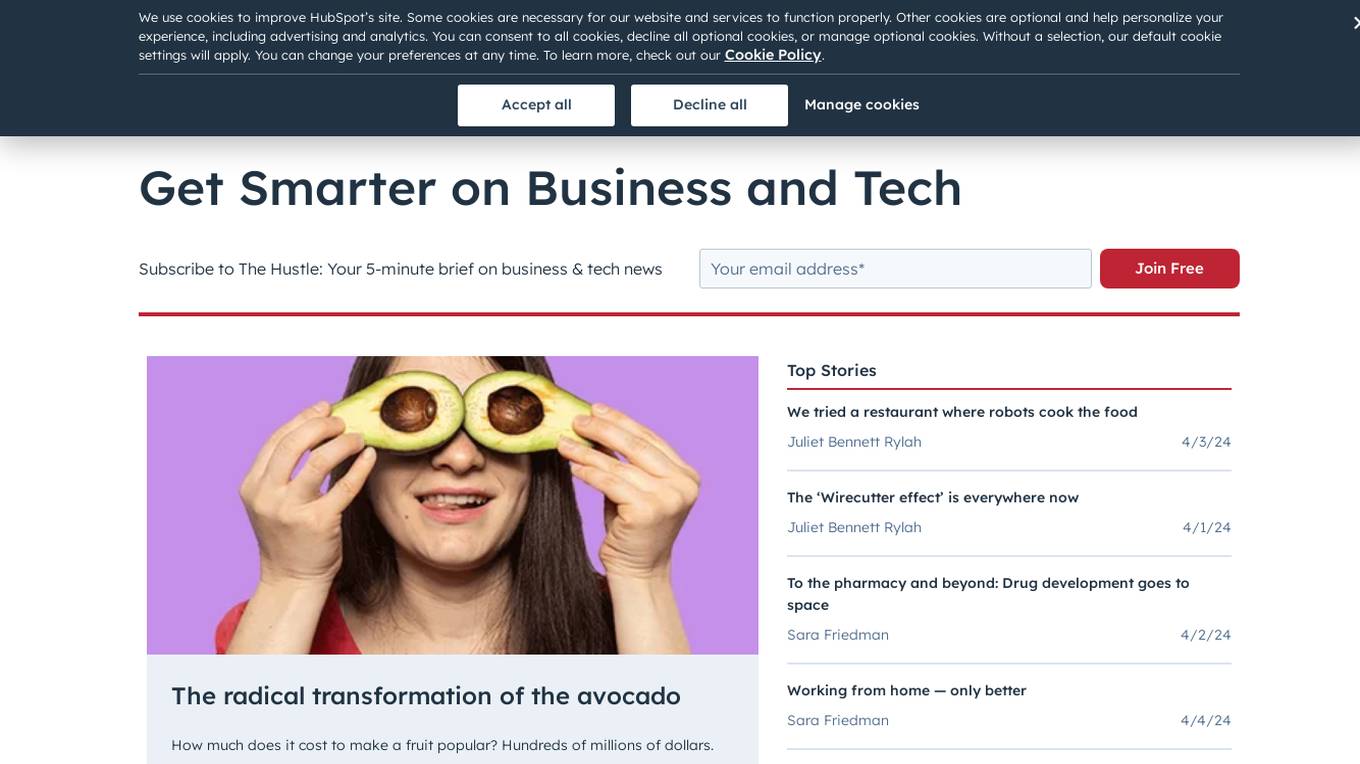
HubSpot
HubSpot is a leading provider of customer relationship management (CRM) software and services. Its platform includes a variety of tools for marketing, sales, customer service, and operations. HubSpot's mission is to help businesses grow better by providing them with the tools and resources they need to succeed.
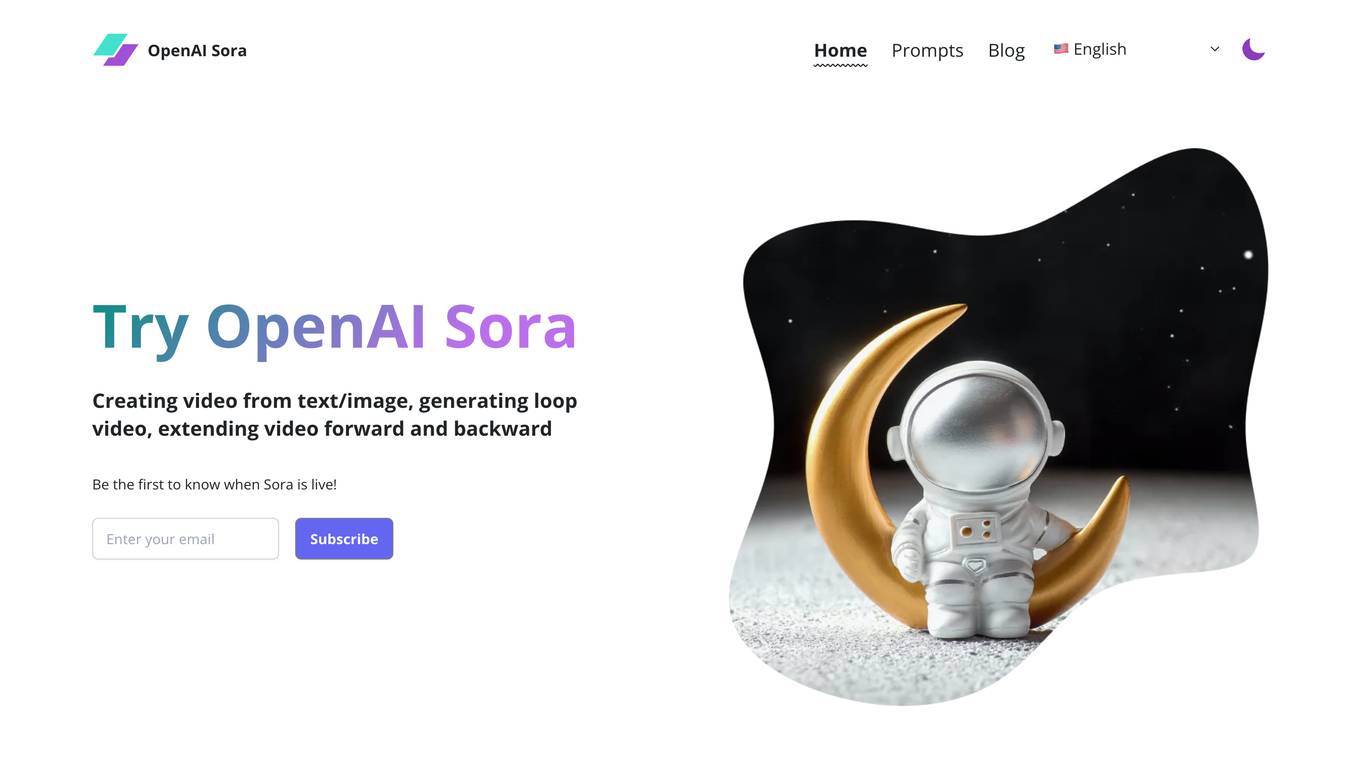
OpenAI Sora
OpenAI Sora is a text-to-video model that can generate realistic and imaginative video scenes from text instructions. It's designed to simulate the physical world in motion, generating videos up to a minute long while maintaining visual quality and adhering to the user's prompt.
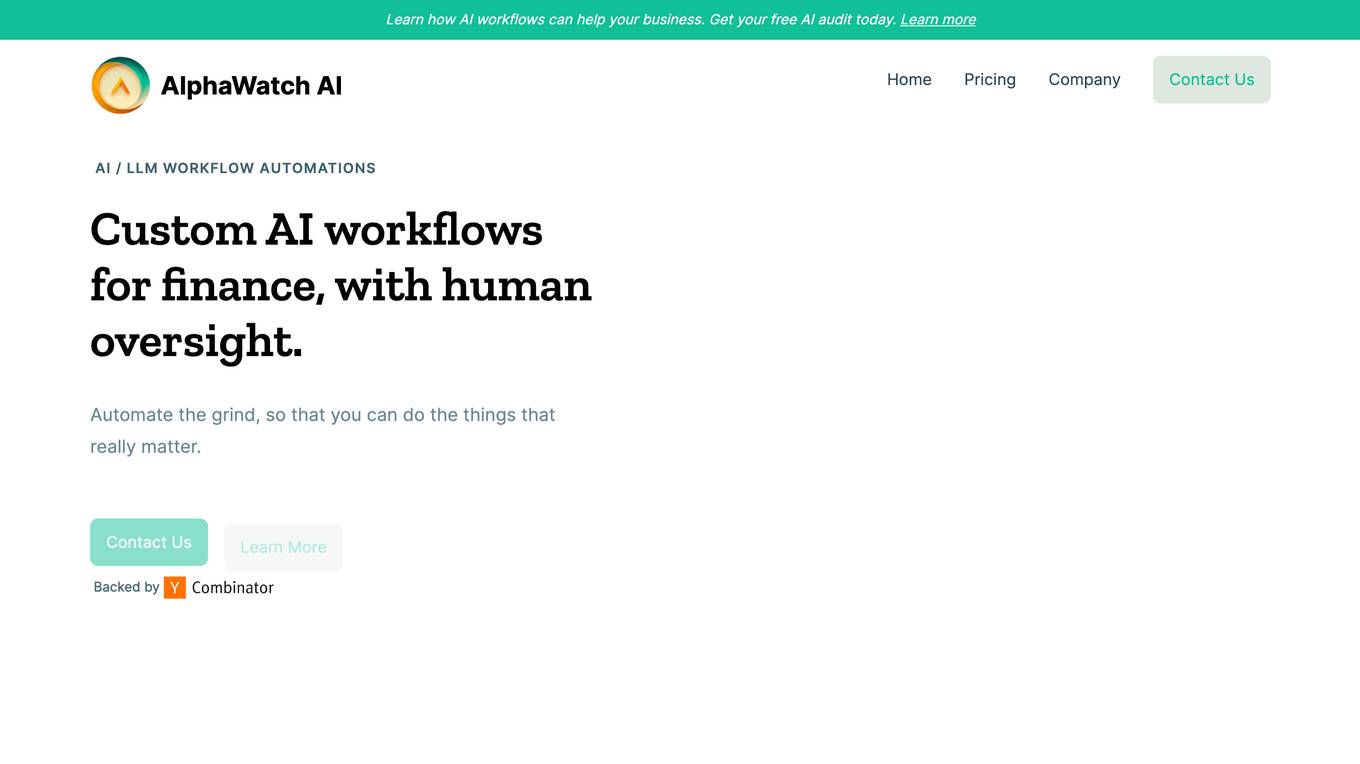
AlphaWatch
The website offers a precision workflow tool for enterprises in the finance industry, combining AI technology with human oversight to empower financial decisions. It provides features such as accurate search citations, multilingual models, and complex human-in-loop automation. The tool integrates seamlessly with existing platforms, offers time savings, and self-improving models. It is backed by innovative generative AI solutions and neural search capabilities, with a focus on transforming data processes and decision-making in finance.
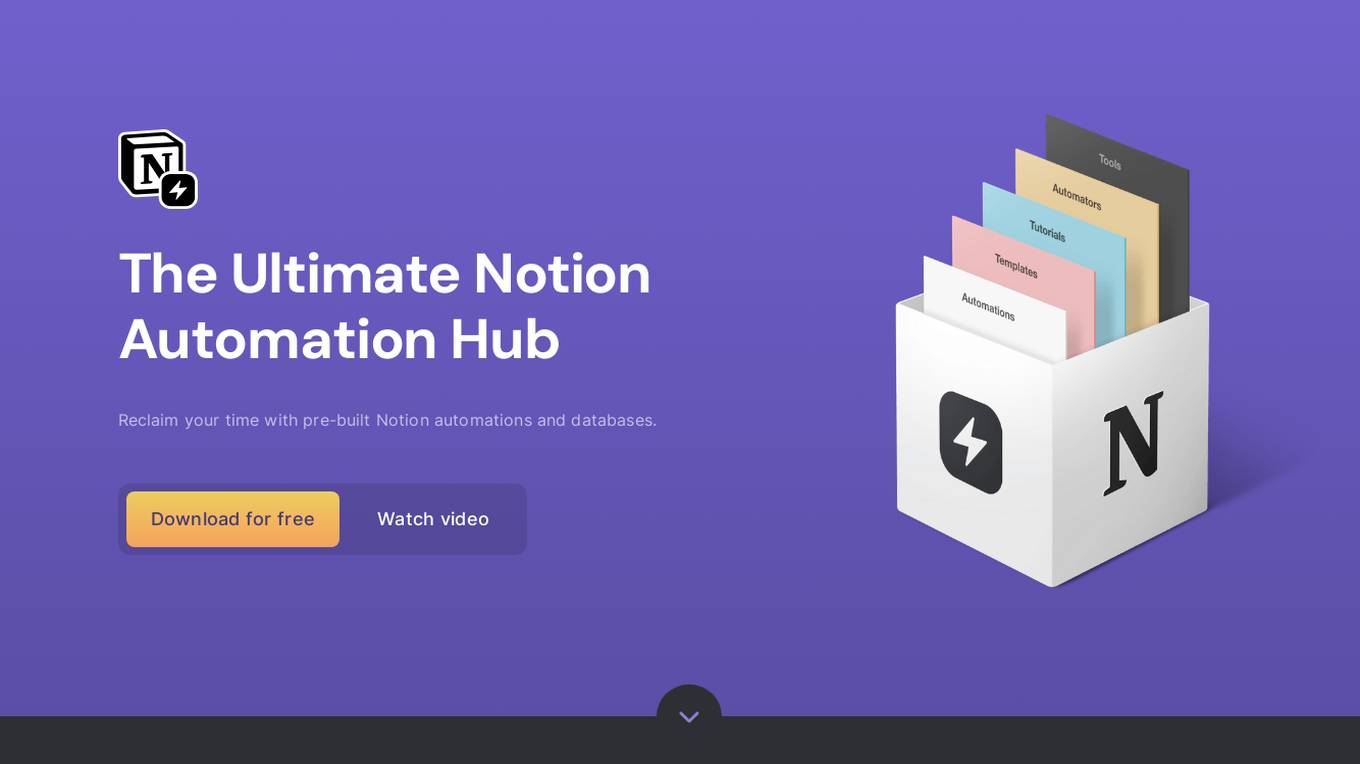
The Notion Automation Hub
The Notion Automation Hub is a website that provides pre-built Notion automations and databases to help users save time and improve their productivity. The website offers a variety of automations for different use cases, including job roles, workflows, and tasks. Users can also find pre-built database templates, Notion expert resources, and automation tools. The website is not affiliated with Notion Labs Inc.
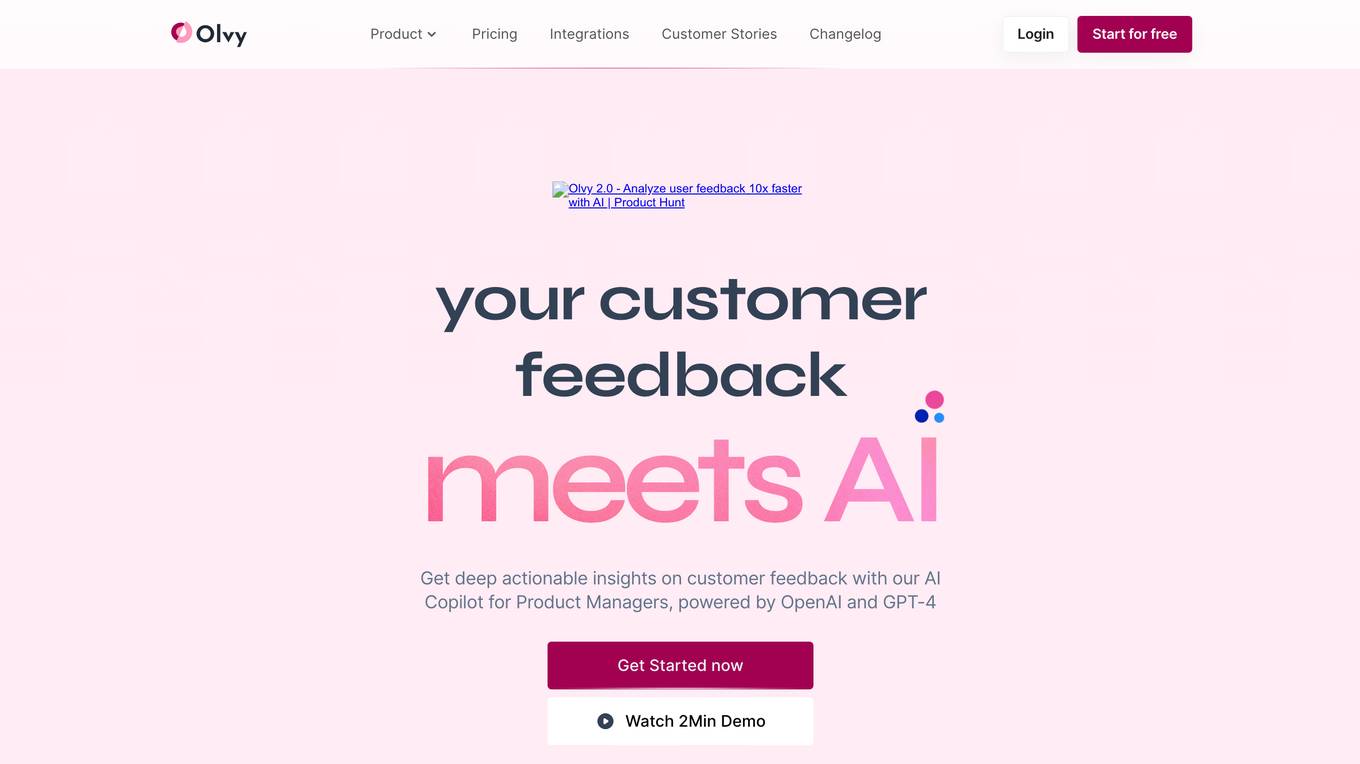
Olvy
Olvy is an AI-powered platform designed to help businesses manage user feedback efficiently. It offers a comprehensive solution for collecting and organizing feedback from various sources such as surveys, interviews, reviews, support tickets, and sales calls. By leveraging state-of-the-art AI technology, Olvy transforms raw feedback into actionable insights, enabling companies to make data-driven decisions and continuously improve their products. The platform streamlines feedback analysis, automates data processing, and provides valuable reports to enhance customer understanding and product development.
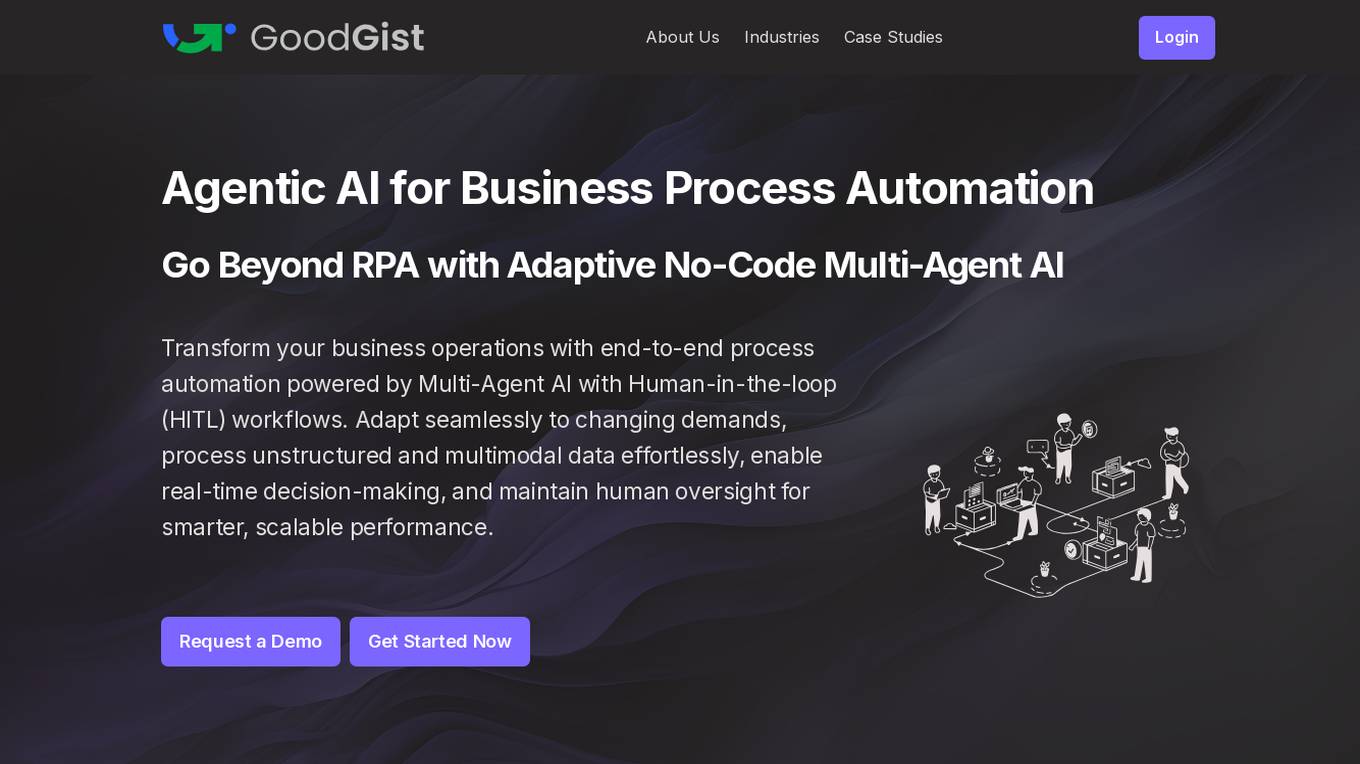
GoodGist
GoodGist is an Agentic AI platform for Business Process Automation that goes beyond traditional RPA tools by offering Adaptive Multi-Agent AI with Human-in-the-loop workflows. It enables end-to-end process automation, supports unstructured and multimodal data, ensures real-time decision-making, and maintains human oversight for scalable performance. GoodGist caters to various industries like manufacturing, supply chain, banking, insurance, healthcare, retail, and CPG, providing enterprise-grade security, compliance, and rapid ROI.
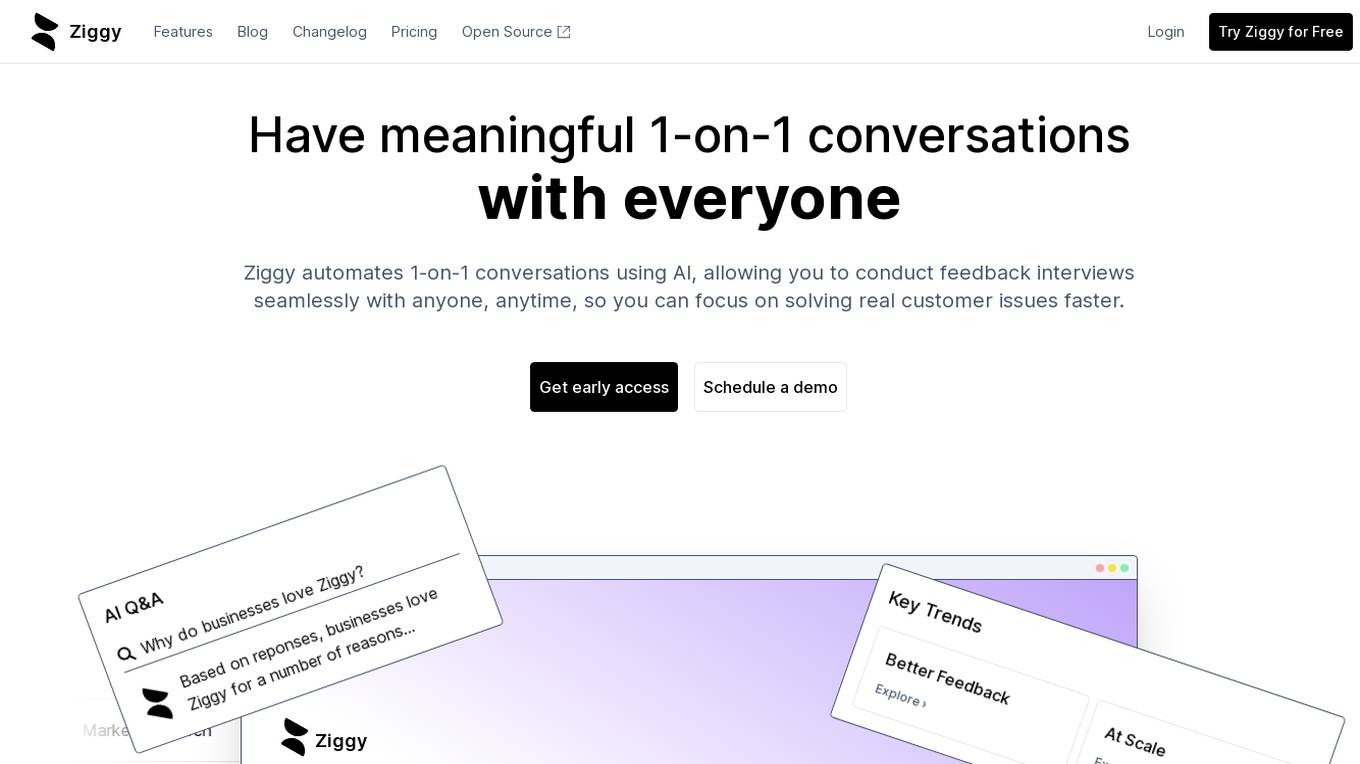
Ziggy
Ziggy is an AI-powered platform that automates 1-on-1 conversations, enabling users to conduct feedback interviews seamlessly with anyone, anytime. It helps businesses gather insightful and more natural responses from users than static forms ever could. Ziggy's commitment to collaboration and creativity helps teams work together to get the best results. Its powerful analytical tools help ensure users understand their users' wants and needs. With Ziggy, users can see the original responses from their users and use them to make better decisions.
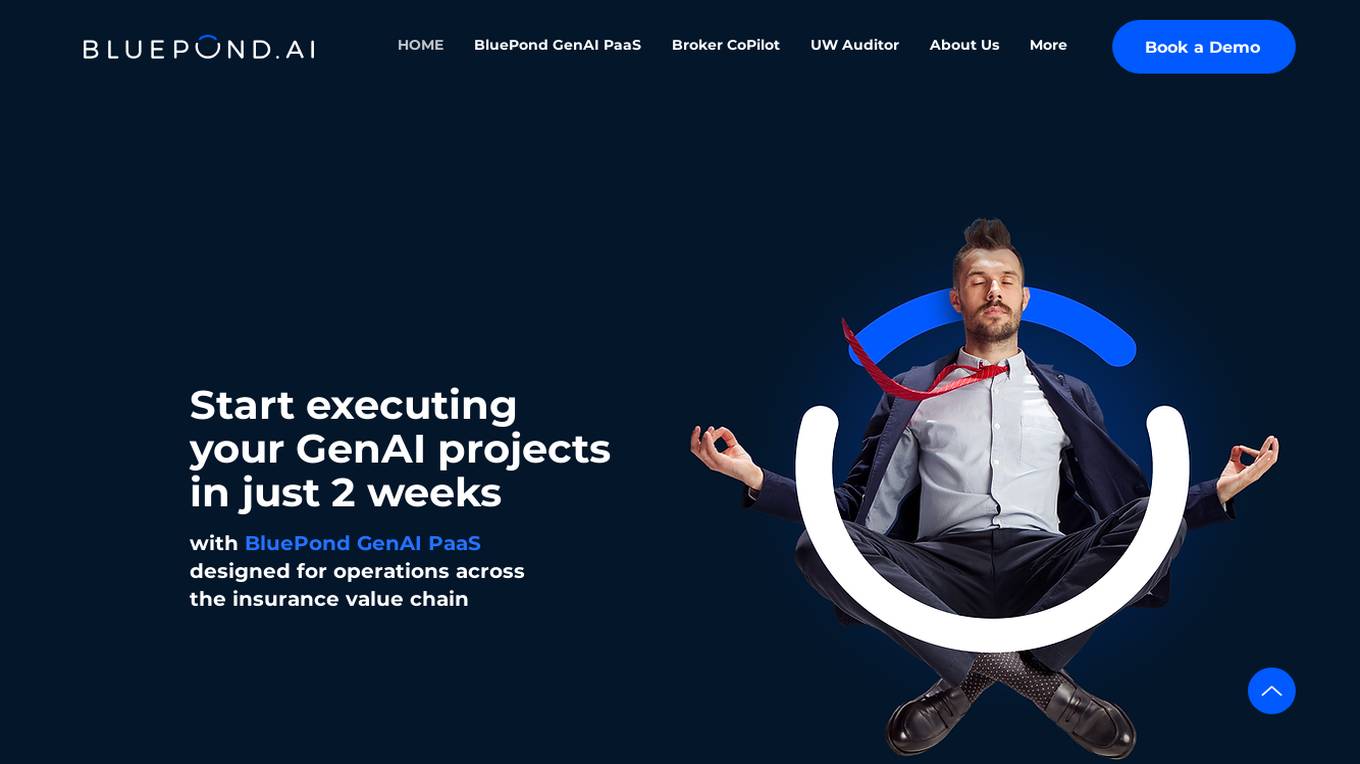
BluePond GenAI PaaS
BluePond GenAI PaaS is an automation and insights powerhouse tailored for Property and Casualty Insurance. It offers end-to-end execution support from GenAI data scientists, engineers & human-in-the-loop processing. The platform provides automated intake extraction, classification enrichment, validation, complex document analysis, workflow automation, and decisioning. Users benefit from rapid deployment, complete control of data & IP, and pre-trained P&C domain library. BluePond GenAI PaaS aims to energize and expedite GenAI initiatives throughout the insurance value chain.
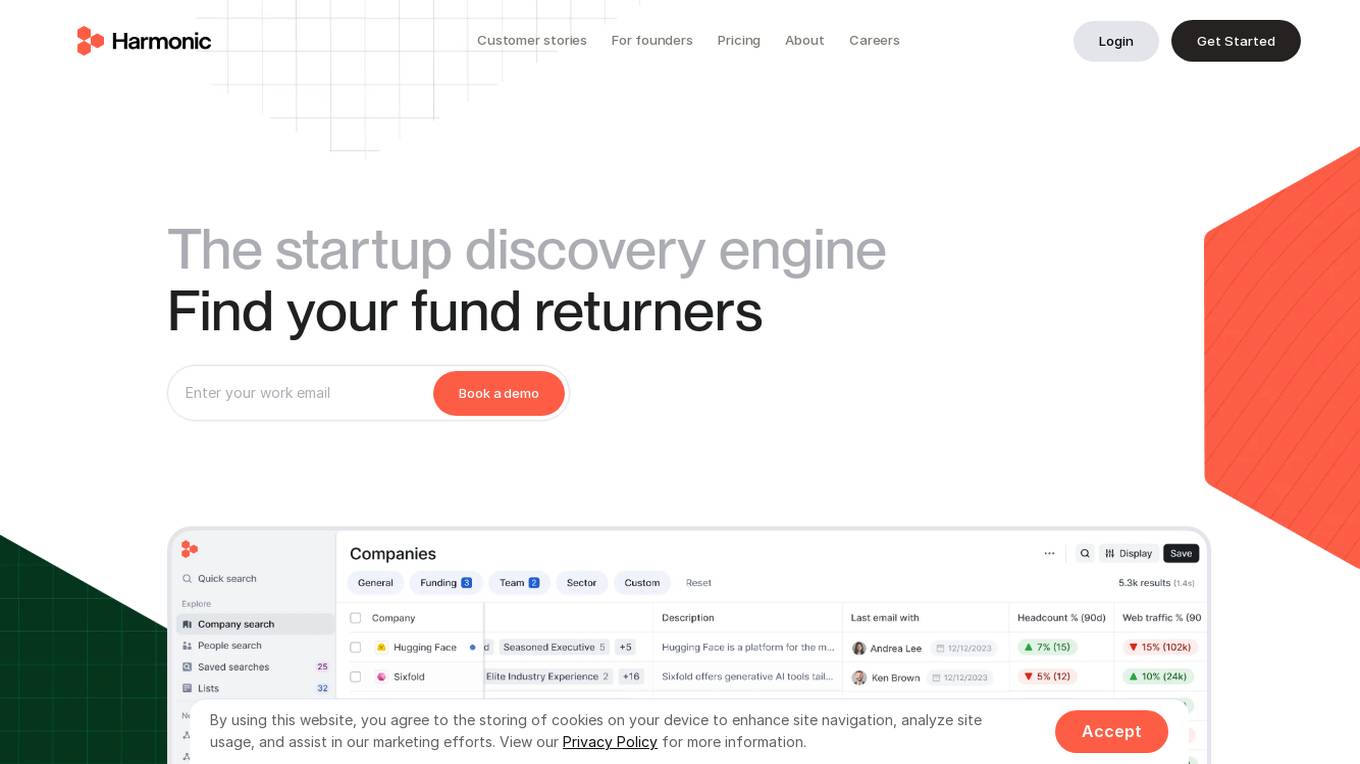
Harmonic.ai
Harmonic.ai is a startup database platform that offers a comprehensive database of companies and individuals, enabling users to identify new opportunities, scout for startups, and make informed investment decisions. The platform is powered by AI technology, providing users with sourcing superpowers and the ability to discover hidden gems in the startup ecosystem. Harmonic.ai offers features such as hyper-specific searches, industry or product descriptions to find companies, market maps, talent flows, and real-time alerts. Users can also evaluate founding team experience, analyze key competitors, and assess funding and investors. The platform is designed to help users stay up to date with the latest industry trends and make data-driven decisions.
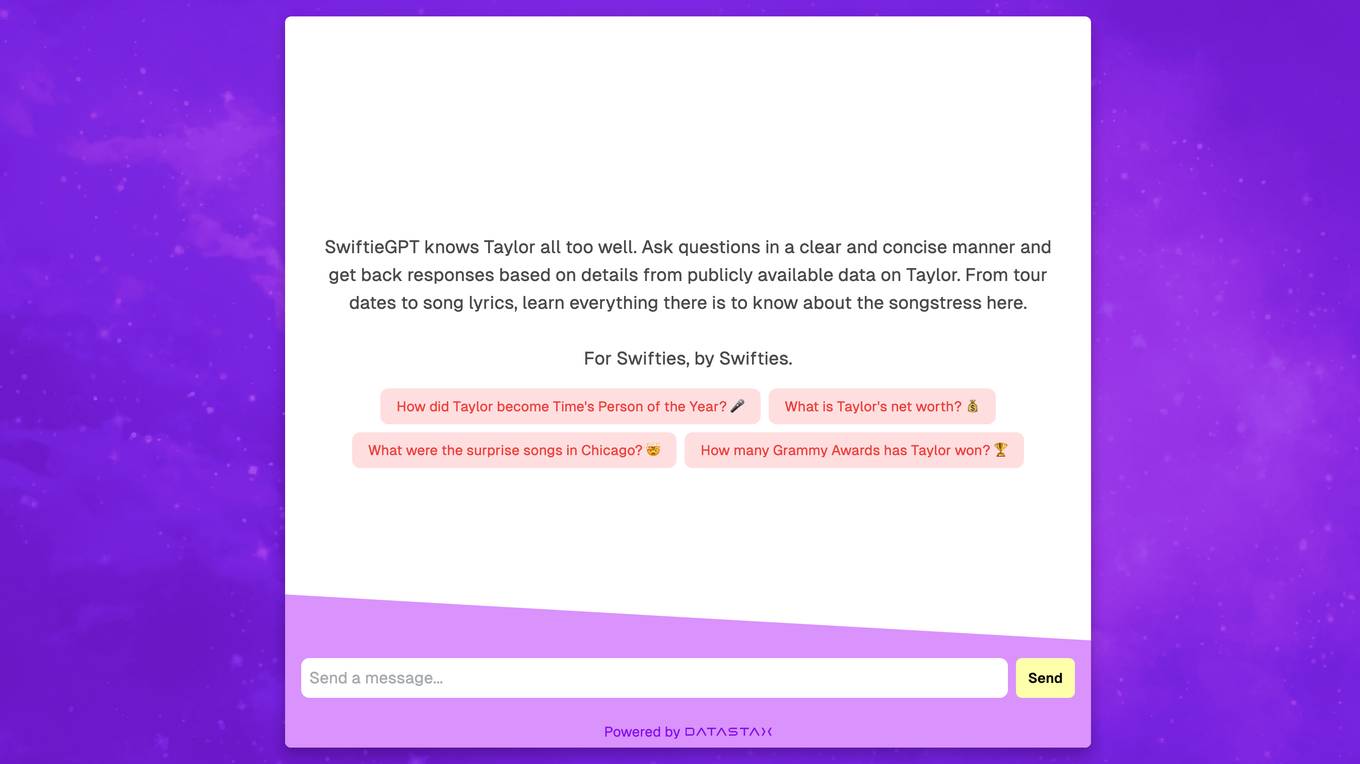
SwiftieGPT
SwiftieGPT is an AI tool that provides detailed information about Taylor Swift based on publicly available data. Users can ask questions about Taylor Swift, such as tour dates, song lyrics, awards won, and more, and receive responses generated by the AI tool. SwiftieGPT is designed for fans of Taylor Swift, offering a convenient way to learn everything about the popular singer.
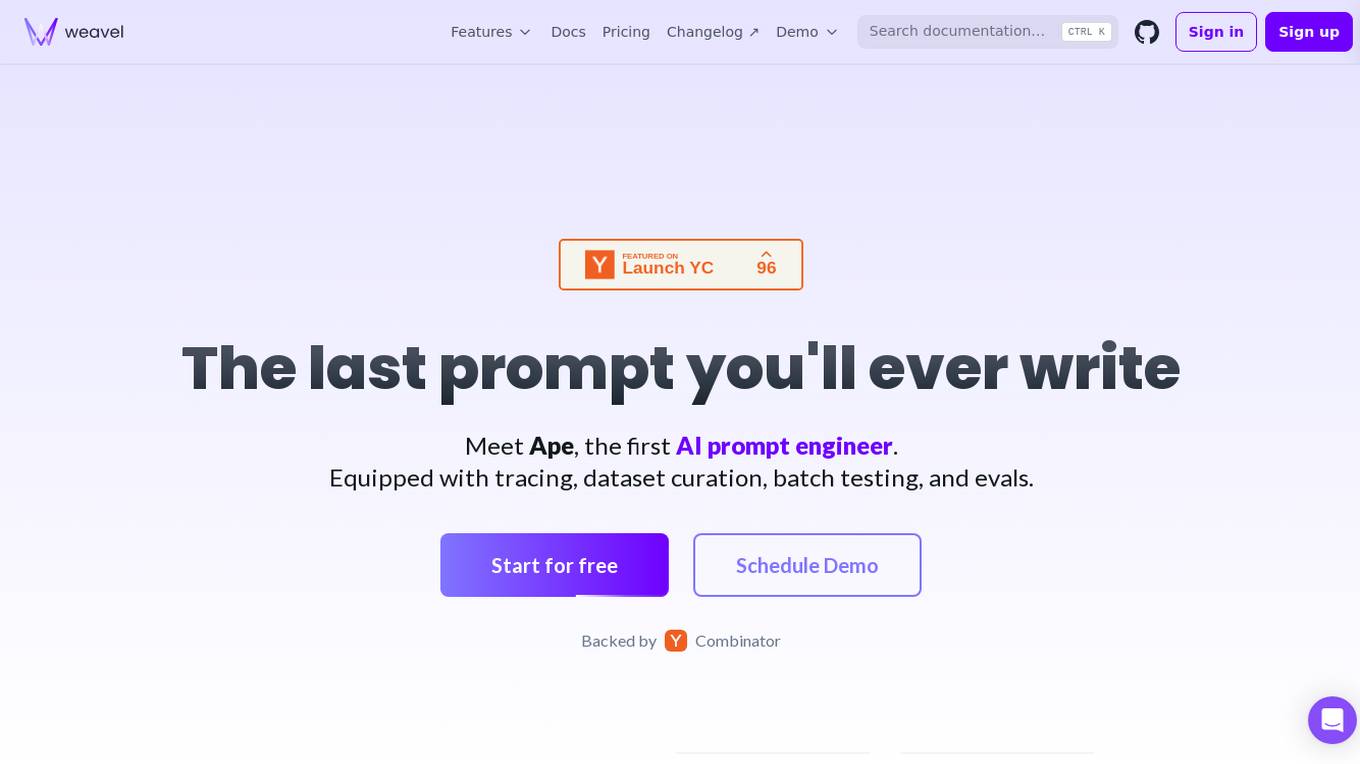
Weavel
Weavel is an AI tool designed to revolutionize prompt engineering for large language models (LLMs). It offers features such as tracing, dataset curation, batch testing, and evaluations to enhance the performance of LLM applications. Weavel enables users to continuously optimize prompts using real-world data, prevent performance regression with CI/CD integration, and engage in human-in-the-loop interactions for scoring and feedback. Ape, the AI prompt engineer, outperforms competitors on benchmark tests and ensures seamless integration and continuous improvement specific to each user's use case. With Weavel, users can effortlessly evaluate LLM applications without the need for pre-existing datasets, streamlining the assessment process and enhancing overall performance.
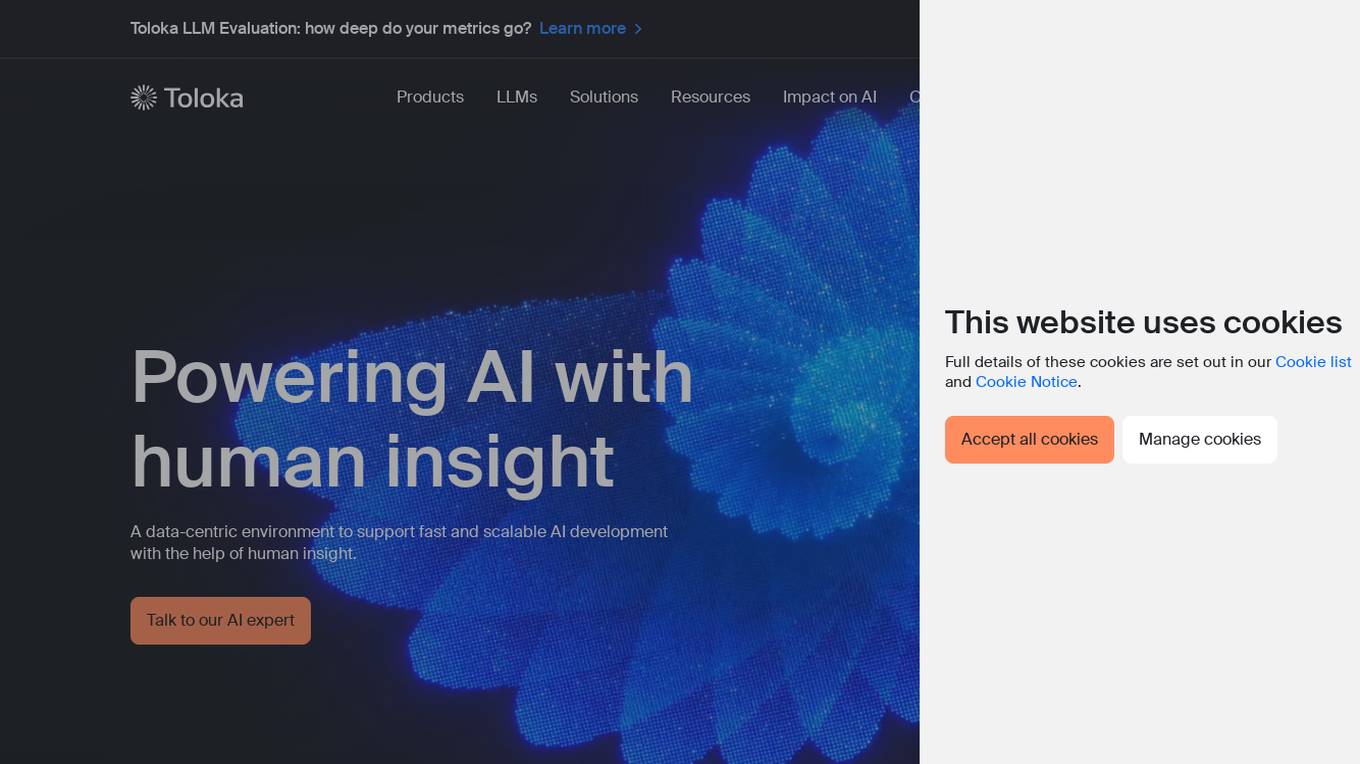
Toloka AI
Toloka AI is a data labeling platform that empowers AI development by combining human insight with machine learning models. It offers adaptive AutoML, human-in-the-loop workflows, large language models, and automated data labeling. The platform supports various AI solutions with human input, such as e-commerce services, content moderation, computer vision, and NLP. Toloka AI aims to accelerate machine learning processes by providing high-quality human-labeled data and leveraging the power of the crowd.
1 - Open Source AI Tools
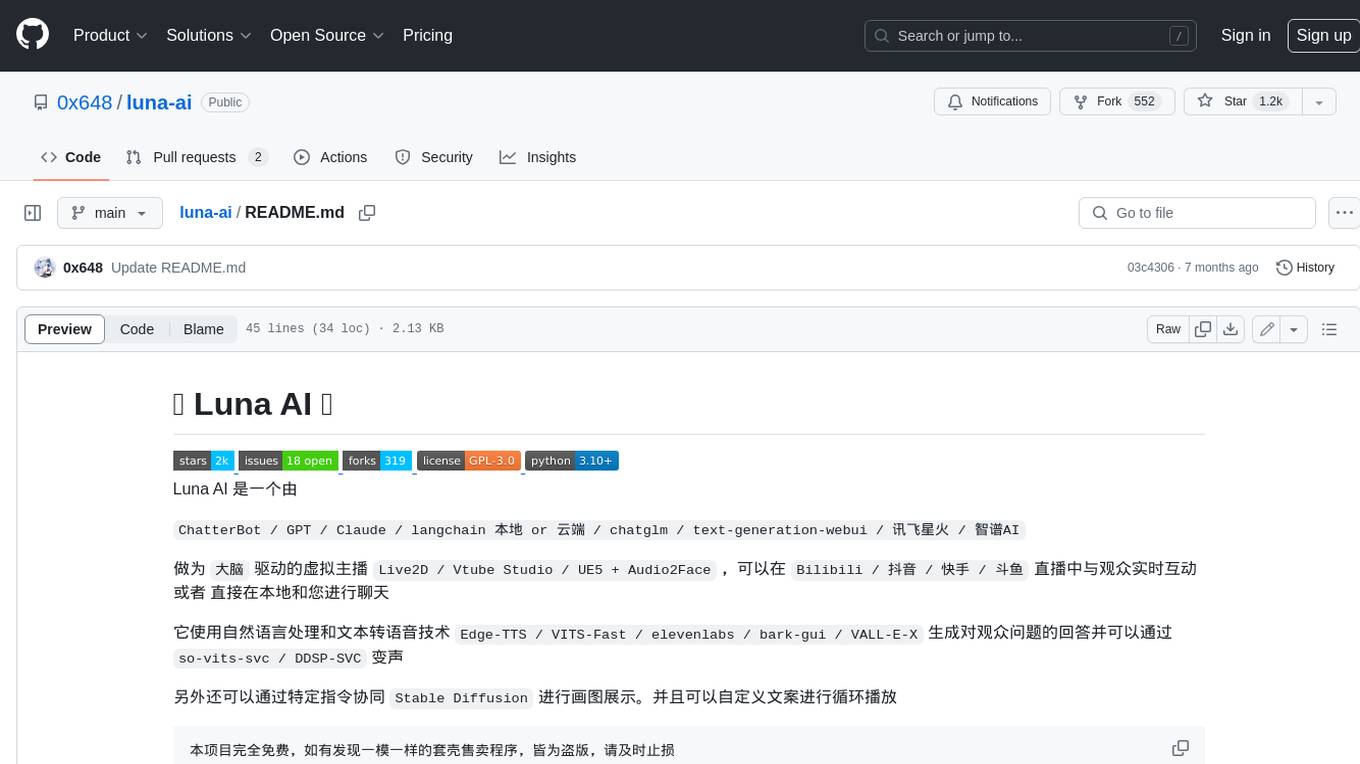
luna-ai
Luna AI is a virtual streamer driven by a 'brain' composed of ChatterBot, GPT, Claude, langchain, chatglm, text-generation-webui, 讯飞星火, 智谱AI. It can interact with viewers in real-time during live streams on platforms like Bilibili, Douyin, Kuaishou, Douyu, or chat with you locally. Luna AI uses natural language processing and text-to-speech technologies like Edge-TTS, VITS-Fast, elevenlabs, bark-gui, VALL-E-X to generate responses to viewer questions and can change voice using so-vits-svc, DDSP-SVC. It can also collaborate with Stable Diffusion for drawing displays and loop custom texts. This project is completely free, and any identical copycat selling programs are pirated, please stop them promptly.
5 - OpenAI Gpts
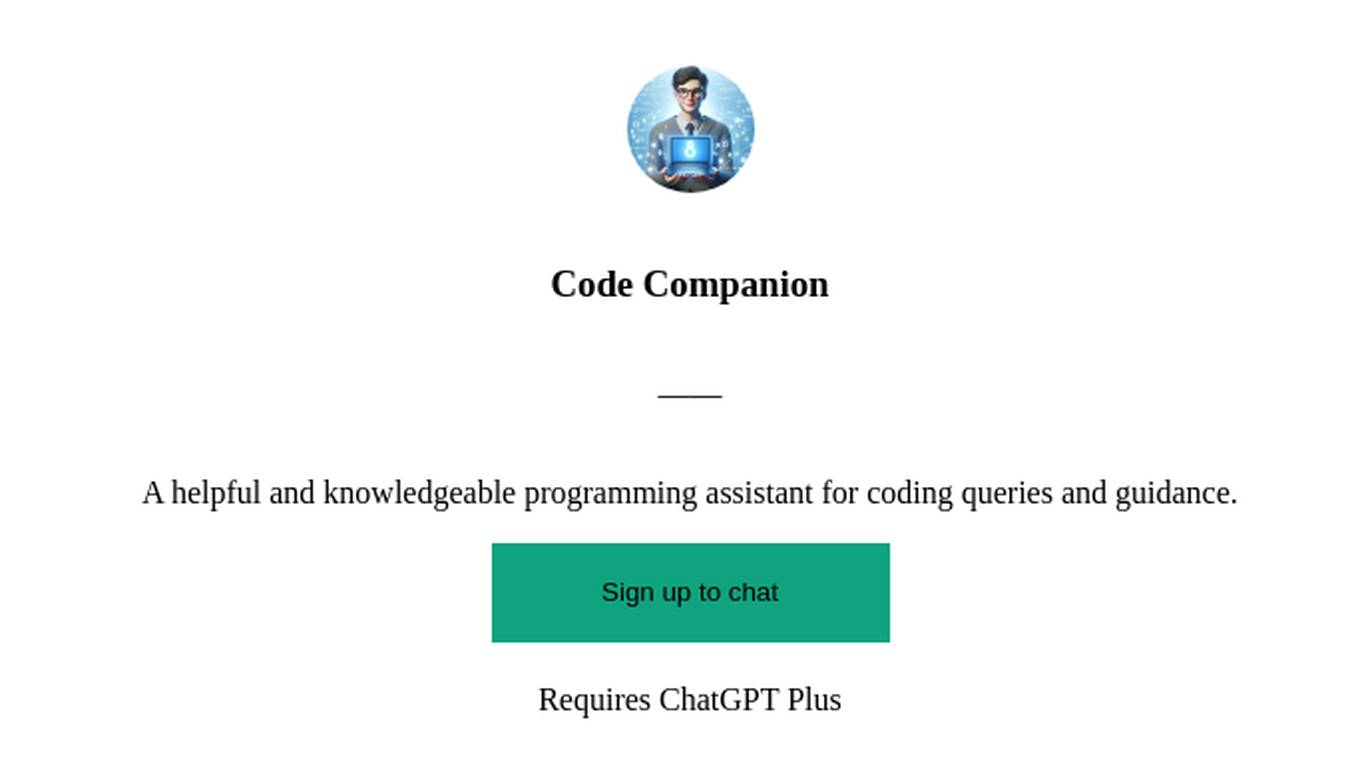
Code Companion
A helpful and knowledgeable programming assistant for coding queries and guidance.
